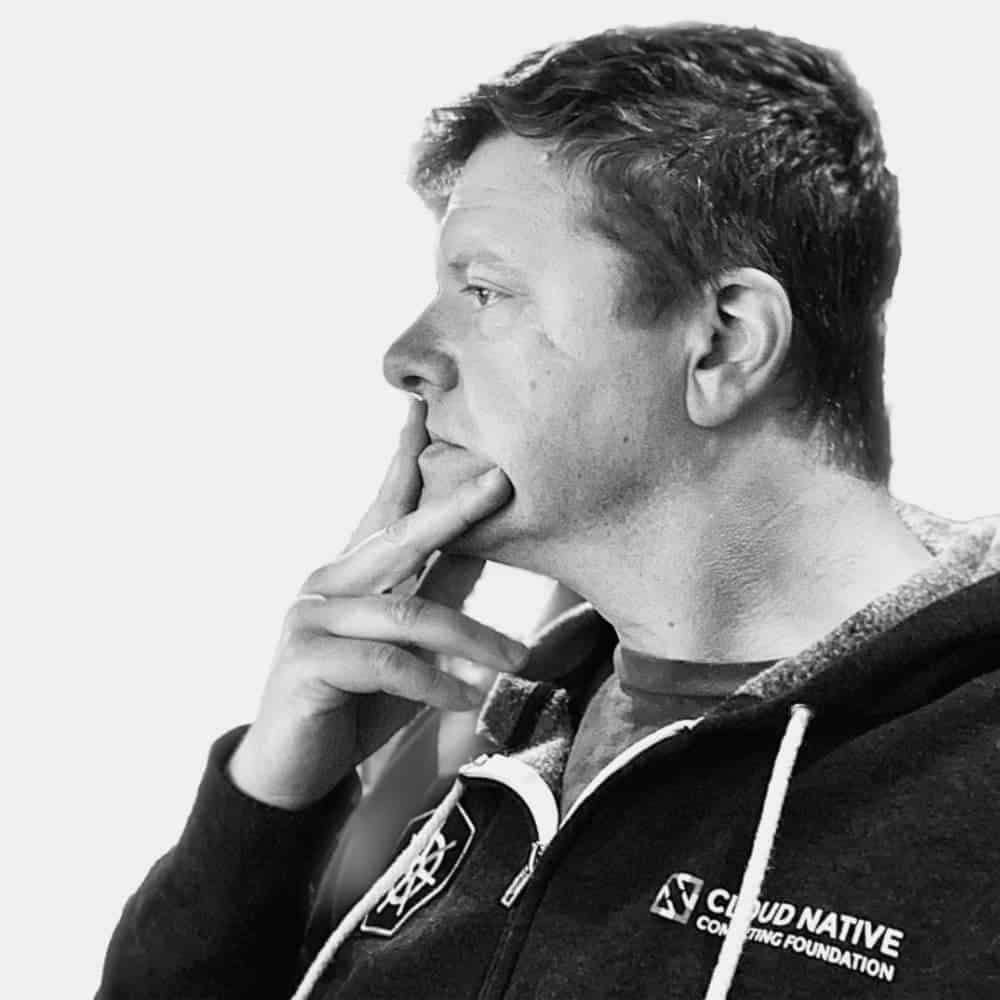I used to think of industry analysts as 100% worthless to the broader technology world. After meeting Chris Gardner from Forrester, some of the good folks from RedMonk, and working with Red Hat’s Analyst Relations team, I’ve warmed up to Analysts a little. They serve an important function that a lot of us forget:
Tactical efficiency does not replace strategic efficacy
We as technologists spend a lot of our time tackling the next problem put in front of us. These problems are tactical challenges that need to be addressed. We are in the habit of blocking and tackling. We often forget we are working as part of a team in a more extensive system. We are moving towards a grander strategic vision. Analysts serve as a data point in a much larger world around us. They’re, for lack of a better term, intelligence assets.
I said the words, “Tactical efficiency does not replace strategic efficacy,” during a call with a strategy focused person at Red Hat on a Saturday morning. The conversation happened organically but, was a combination of things we didn’t get to talk about while together in Atlanta and tactical problems in front of broader strategic goals. We have these conversations from time to time because we both realize that strategists working together is better than operating in silos.
There are people in your organization working on strategy right now. Find them, ask them about it, ask questions. But, keep in mind that roadmap doc is a part of someone else’s codebase. It is a collection of data points encompassing a much larger set of challenges. Negatively criticizing it might be met with a “This is why I do what I do and you do what you do,” sort of response.
While rude, I interpret this response as more of a complaint than an insult. Years in the industry have shown me a strategy usually is a collaborative effort. It takes data points from across the organization (calls like the one I had on a Saturday morning) and the industry at large. Accounting for all the people, processes, and tools that may or may not exist in a strategic vision is hard and requires tactical execution to get things back on track.
Communicating the state of where things are and where they need to be going requires literal diplomacy. It’s a skill that has to be honed over time and through experience. I build these mental graphs that are near impossible to explain in laypersons terms. But, as I did this week with an engineer, strategists should be able to pluck out some data points and pathways to describe a more significant issue. The other half is the fact that strategists spend their time working in domains that shield others from it. I spend some time every week in the diplomacy space. Diplomacy usually means being human and having empathy while addressing shared problems. What it often gets interpreted as is “politics.” To which I say, “Check your definition.”
Part of a strategists’ charge is, “Keep developers productive. Move hurdles before they become problems.” When someone sees a future, and they feel they can guide folks towards it, that should register as a power as strong as software engineering. If someone understands both where the industry is going and how to move a project towards that point, they should be listened to intently. Find holes in the strategy and discuss them. Collaborate towards building a better approach but, do not think because you can write code you’re an all-knowing savant (that fails more often than not). There’s a lot of “politics” in coding these days.
